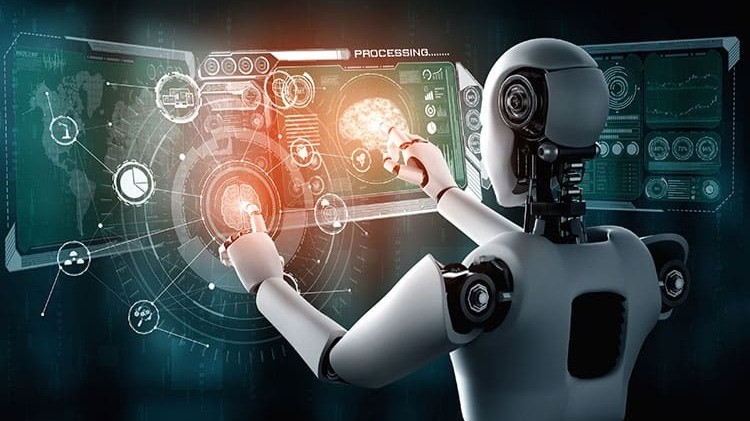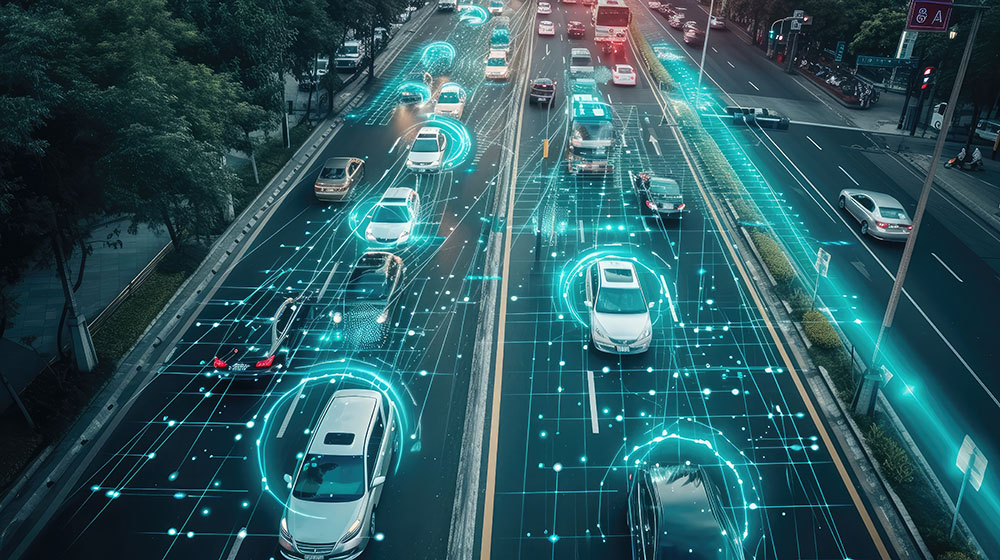As Artificial Intelligence (AI) and robotics rapidly advance, they bring significant benefits across industries, but they also introduce new risks that need careful attention. Understanding these risks is essential for developing safe and responsible technologies.
What Are the Risks in AI and Robotics?
Risks in AI and robotics refer to the potential challenges, failures, or unintended consequences that can arise when intelligent systems and machines operate in the real world, sometimes without direct human control.
Types of Risks in AI and Robotics
Autonomous Decision-Making Risks
AI-driven robots often make decisions independently. If these decisions are based on incomplete, biased, or incorrect data, they can cause harmful outcomes, especially in areas like healthcare, transportation, and security.
Safety and Reliability Risks
Robots can malfunction due to hardware or software failures, leading to accidents or damage. In critical applications such as self-driving cars or industrial robots, safety issues can result in severe consequences.
Security Risks
AI and robotic systems can become targets of cyberattacks. Hackers may manipulate robots, disrupt AI operations, or exploit system vulnerabilities to cause harm or steal sensitive information.
Ethical and Societal Risks
The increasing use of robots in workplaces and public spaces raises concerns about job displacement, privacy invasion, and ethical decision-making by machines. There is also the risk of creating systems that behave in ways that conflict with human values.
Bias and Discrimination
AI systems can unintentionally reinforce bias if trained on unfair or unbalanced data. Robots that interact with people may display biased behavior, leading to unequal treatment or exclusion.
Loss of Human Control
As robots become more autonomous, the risk of losing human control increases. This is particularly concerning in military applications or high-speed decision environments where human intervention may not be possible in time.
Managing and Reducing Risks
Developers and organizations must prioritize safety testing, create transparent AI models, enforce strict cybersecurity measures, and establish clear ethical guidelines. Human oversight remains essential to monitor AI and robotic systems, ensuring they function as intended.
Conclusion
AI and robotics offer transformative potential but also come with serious risks. By understanding these challenges and applying responsible design and management practices, we can safely integrate intelligent systems into society while minimizing harm and protecting human interests.







Leave feedback about this